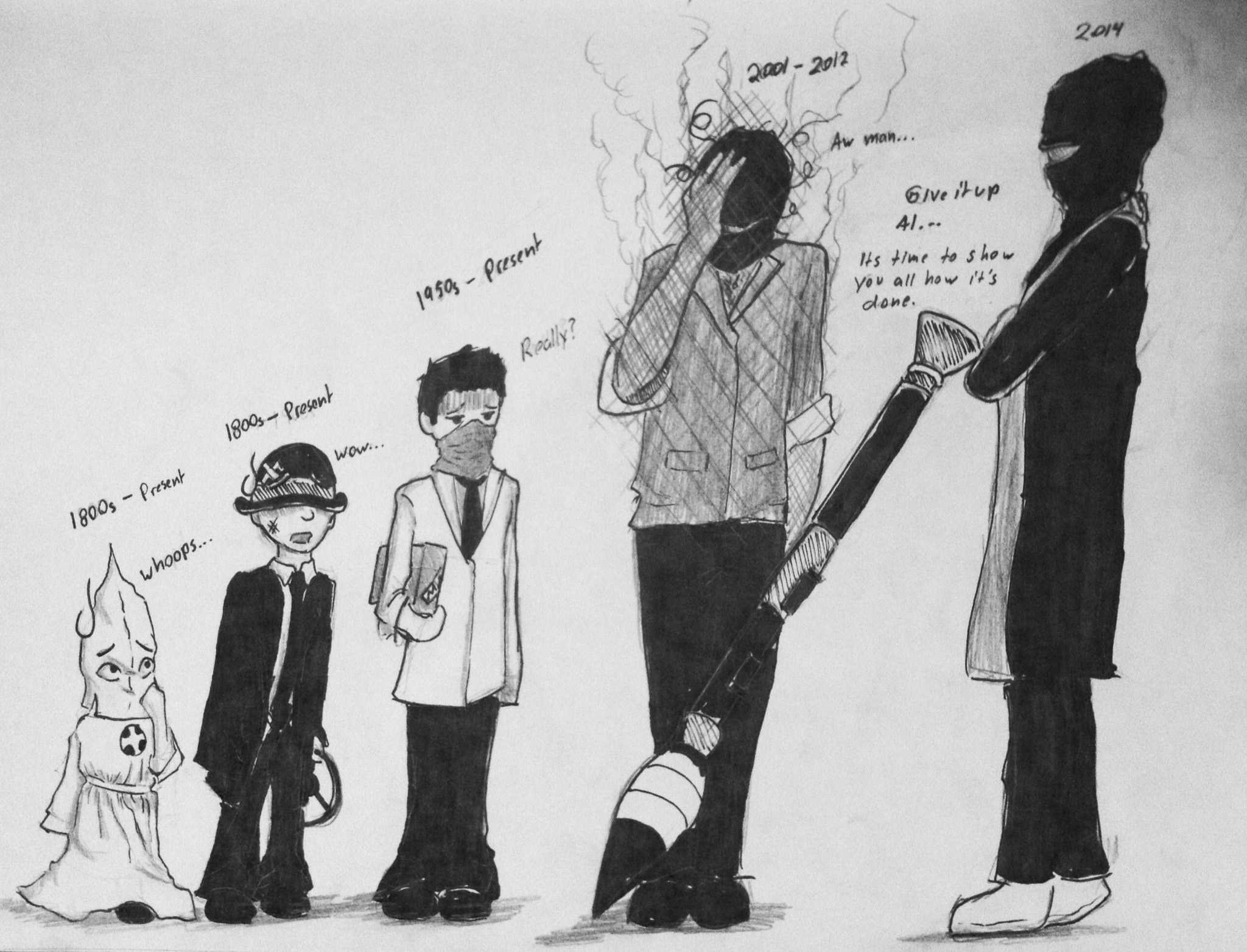After the catastrophic attacks of 9/11, while Americans were desperately trying to console one another, President George W. Bush attempted to help us make sense of the madness. He stated, “Terrorist attacks can shake the foundations of our biggest buildings, but they cannot touch the foundation of America. These acts shatter steel, but they cannot dent the steel of American resolve.”
And one month later, the War on Terror began, starting with Operation Enduring Freedom. America, in conjunction with allies abroad, deployed tens of thousands of combat troops to oust the Taliban regime in Afghanistan and destroy Osama bin Laden’s terrorist organization known as al-Qaeda, which was operating there.
Two years after the initiation of combat actions in Afghanistan, allegations that Saddam Hussein, the president of Iraq, had aided al-Qaeda and was manufacturing Weapons of Mass Destruction scared an already paranoid national security apparatus. Despite the 2003 report regarding WMDs from Chief U.N. Weapons Inspector Hans Blix, which detailed that “No evidence of proscribed activities have so far been found,” America launched an extensive ground campaign in Iraq with over 100,000 combat troops.
Over a decade later, the United States is still suffering from the ramifications of these two costly military excursions. The cost of these wars drained a tremendous amount of resources from the national budget and from our military. A study by Public Policy Professor Linda Bilmes of Harvard University indicates that these wars cost us four trillion dollars in total. CNN reports that 6,829 American troops have died in both wars combined; thus, America suffered tremendously in terms of blood and treasure as a result of the wars in Iraq and Afghanistan.
Now, a new threat is upon us: ISIS. This terrorist organization, whose tactics are so brutal that the leader of al-Qaeda disavowed any connection to it, began by waging war in Iraq against U.S. forces during Operation Iraqi Freedom in the mid-2000s. These terrorists, who view Shiites as apostates on an equal level with non-Muslims, cut their teeth fighting in Syria against Bashar al-Assad’s regime. ISIS then turned its sights to Iraq and conquered a broad swath of territory, which currently straddles the Syrian and Iraqi border.
Since then, ISIS has viciously beheaded two American journalists and a British aid worker, sending the nation reeling once again into a state of uncertainty and despair. And once again, America must determine which course of action it will take.
Last week, President Barack Obama announced his strategy to “degrade and ultimately destroy” the Islamic State; however, he stressed that this military campaign will differ from the previous ones in Iraq and Afghanistan in that, “It will not involve American combat troops fighting on foreign soil.” Rather, the U.S. will coordinate with proxies on the ground (such as the Iraqi Army, the Kurdish Peshmerga fighters, and disenfranchised Sunni tribesmen) in order to roll back the gains made by ISIS.
As a result of the tragic losses in Iraq and Afghanistan, it appears that the U.S. is adopting a different counterterrorism strategy, which aligns more with the increasingly isolationist sentiments of the American people.
Although public support for the use of force against ISIS terrorists is increasing (numbers opposing the deployment of U.S. ground forces decreased from 71 percent to 31 percent from December to now, according to a new Rasmussen report), Obama still must sell this military campaign like a used car salesman to a war-weary nation. Support for boots on the ground remains at only 30 percent according to the same report.
The U.S. strategy to fight terrorism has transformed significantly since the protracted entanglements in both Iraq and Afghanistan in the early 2000s, partly due to Obama’s pledge in his 2008 election campaign to extricate us from the Middle East. Since 9/11, our counterterrorism strategy under the Obama administration has employed a lighter footprint by using drone strikes and mobilizing proxies against our enemies; indeed, the strategy that Obama announced fits precisely into this architecture.




